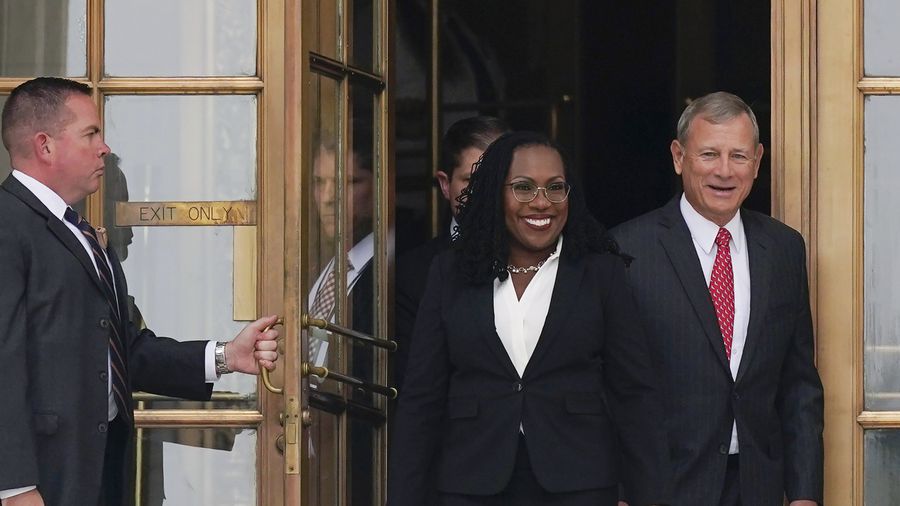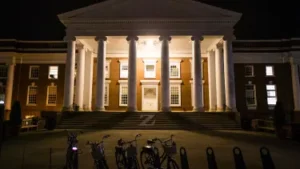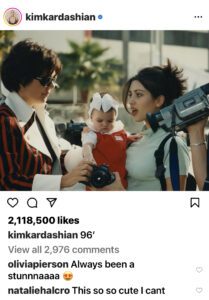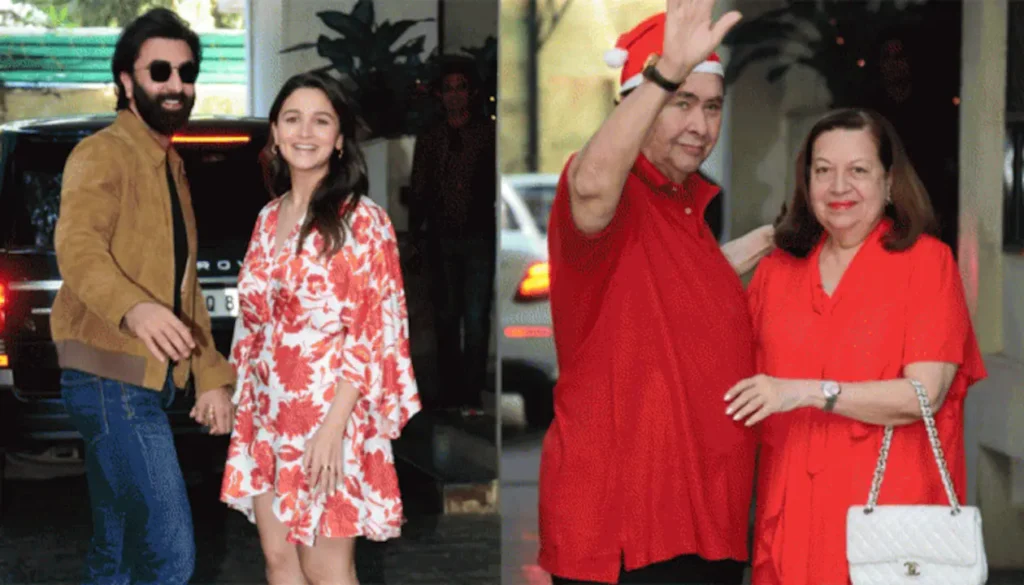
Justice Ketanji Brown Jackson with Chief Justice John G. Roberts Jr. following her conventional inauguration service at the Supreme Court on Sept. 30.
In contrast to Roe vs. Wade’s previous tenure and after gun rights and expansions, Supreme Court conservatives are now increasingly boycotting affirmative action at colleges and universities.
At issue is a fundamental question about the role of race and the meaning of equality under the law.
On Monday, the court will hold a Harvard hearing on intervarsity at the nation’s oldest private college and oldest university.
And the outcome could impact not only higher education but potentially the workplace as well.
For more than 40 years, the Court has ruled that universities have an interest in creating a student body that justifies giving preference to individuals with black Latino.
Civil rights advocates argue that supportive action is a small step toward equality and righting past injustices in a country with a history of slavery, division, and racism.
Administrators of schools say they use race as a tiebreaking when choosing among qualified applicants, and that by doing so they allow another student, which benefits everyone.
But conservatives on the court, including Chief Justice John G Roberts Jr., have argued in recent years that admissions policies must be fair and impartial to comply with the Constitution and the civil rights laws of the 1960s.
The same Justice who cited the wording of John Marshall Harlan was the only dissent from the infamous 1896 Plessy vs. Ferguson decision that upheld segregation.
Harlan wrote, “Our Constitution is color-blind and neither recognizes nor tolerates the equality of all citizens in respect of civil rights.
Conservatives also cited the Brown vs. Board of Education decision that relied on Harlan’s rationale for desegregation in 1954. They ague that the time has come for state-funded universities to stop using the race of applicants as a factor in admissions in any way, even if the goal is to help underrepresented groups.
“The method for forestalling segregation in light of race is to forestall separation in view of race. Roberts wrote in a 2007 choice that struck down a secondary school variety strategy in Seattle.
The discussion over governmental policy regarding minorities in society comes as the high court has handled two dark judges interestingly. They have previously introduced inverse perspectives.
Equity Clearance Thomas has been serious areas of strength for governmental policy regarding minorities in society.
“The Constitution hates characterization in view of race on the grounds that at whatever point the public authority puts residents on racial registers and makes race applicable to the arrangement of weights or advantages, it annoys us all,” he said at the College of Texas, wrote in disagree for a situation of
He “mocked the faddish hypothesis that racial segregation could create instructive benefit.
Justice Ketanji Brown Jackson, on his subsequent day in court, raised the issue that the Constitution calls for “race-nonpartisan” regulations. He said the post-Nationwide conflict Reproduction Congress embraced the fourteenth and fifteenth Corrections to approve social equality regulations that worked in a “race-cognizant way.”
The reason for these corrections, Jackson expressed, was to “guarantee that individuals who had been victimized liberated during Remaking were raised to standard all the other in the public eye…made equivalent with white residents.” It’s “not a race-unbiased or race-blind thought, he said.
Jackson will probably assume a functioning part during Monday’s oral contentions, essentially during the primary hour. She recused herself from the Harvard case since she served on the college’s leading group of supervisors, yet will take part in concluding the UNC cases.
Social liberties pioneers said they dread the court could close the way to an open door for the up and coming age of understudies of variety.
Maya Wiley, leader of the Initiative Gathering on Social liberties, said the legal disputes “go straightforwardly to being a multiracial majority rules system,” He said most Americans accept that different school encounters are better.
“We genuinely should don’t permit the clock to turn around, Damon T. Hewitt, leader of the Legal counselors Advisory group for Social liberties Under Regulation. Dark understudies’ lives are “characterized by race. Their reality isn’t race nonpartisan” he added.
The two colleges were sued by Understudies for Fair Affirmations, established by resigned stockbroker Edward Blum. He has recorded a few claims testing the utilization of race in electing locale and college confirmations.
The gathering says its main goal is to “reestablish the establishing standards of our country’s social liberties developments: An understudy’s race and identity ought not be factors that either weakness that understudy in acquiring admission to a serious college.” or to help.”
The SFFA says it has 20,000 individuals , large numbers of whom said they were denied admission to two colleges. The adjudicators said the gathering had remaining to sue in light of the fact that its individuals had a stake in the result.
A directive against colleges and their utilization of race wouldn’t keep them from giving need to understudies who confronted difficulty, including those from low-pay families or neighborhoods.
The two sides were partitioned on whether zeroing in on “financial” status could make variety nearby without relying upon race.
The claim against Harvard says it ought to put additional time and cash in selecting and conceding capable understudies from low-pay families, including blacks and Latinos, and give less need to the offspring of Harvard graduated class and contributors., who end up being white and affluent.
Harvard and UNC dismissed the thought as unrealistic. The two schools said they energize dark and Latino understudies to apply and offer liberal monetary guide, yet they said their information showed that more inclination based “financial status prompted a decrease in dark understudies, as well as will prompt a decrease in normal grades.
Lawyers for the two schools let the court know that they have “no functional race-unbiased choice” to accomplish grounds variety disregarding race as a figure confirmations.
Harvard underlines that it chooses an entering class of 16,00 every year from among 35,000 profoundly qualified candidates.
In their claim, the challengers affirmed that Harvard deliberately oppressed Asian Americans, who score higher on scholarly measures however lower on “individual evaluations” of the school, which incorporate “authority, trustworthiness, factors like self-assurance and preferring”.
“A large number of years, Harvard’s own evaluations show a reasonable racial order, he told the court, ‘with African Americans getting the best private appraisals, trailed by Hispanics, trailed by whites,” Asian Americans positioned last. They differentiated Harvard’s ongoing utilization of these “person” elements to restrict the quantity of Jewish understudies 100 years back with “character” and “wellbeing” measures.







